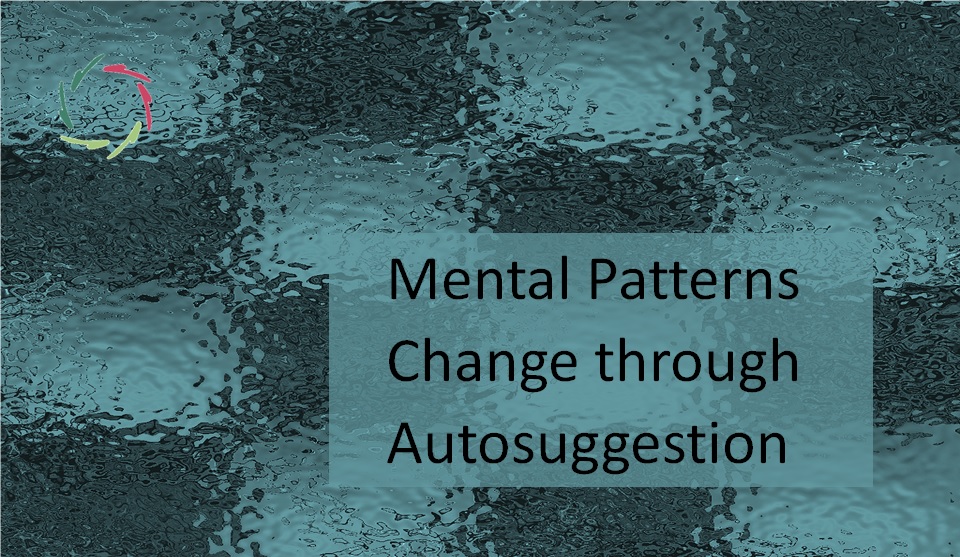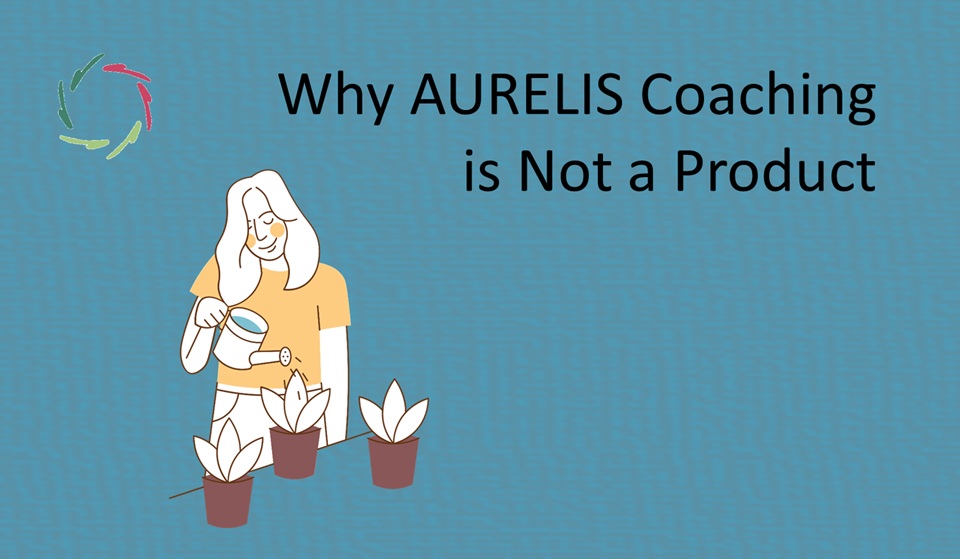Mental Patterns Change through Autosuggestion

This may even be the only way in which they can ethically and adequately change. There is a clear responsibility involved to do this as well as possible.
Autosuggestion
is the language that directly touches mental patterns. [see: “Patterns in Neurophysiology“]
It is related to poetry in its metaphorical means, a meditative mental setting, and less prominence to the strictly conceptual. This doesn’t mean that the conceptual is unimportant. It means that room is made temporarily for the subconceptual patterns that exist without crisp conceptualization.
It effectively influences your mind/brain. [see: “Autosuggestion Changes Your Brain“]
Note that in the best case, mental patterns are not changed by autosuggestion. They change from inside out via invitation and support through autosuggestion.
The human brain is not a computer.
Concepts are not encoded as such. [see: “About Concepts“]
Compare it with the human eye, which is not a camera. The retina transforms the incoming patterns of frequencies of light into something that is not recognizable as a kind of photograph. No image reaches the brain, let alone higher levels of processing. Instead, the brain recreates the image starting from the neuronal impulses – each being subconceptual – it receives and the patterns it contains ― themselves also in the form of complex neuronal impulses, not images.
What is being processed is like undersea mountains. What reaches consciousness is like islands (concepts).
In AURELIS
Autosuggestion is used in AURELIS with emphasis on freedom. This lies in the broad strategy, the use of metaphors, and other macro-tools. It also lies in the choice of wordings, which are the micro-tools at every moment of a session.
I am very serious about this. AURELIS ethics are ingrained within each AurelisOnLine session, in every sentence, every pause and emphasis on a spoken word.
If you want to take a bite, [see: “Free App to Relieve Stress and Symptoms“].
Subconceptual communication
In sessions of autosuggestion as in human (or Lisa) coaching, the underlying principle is subconceptual communication, being pattern-to-pattern communication. [see: “Patterns towards Health and Healing“]
Purely conceptual communication cannot reach this level. It is way too brute. It is interesting, necessary even, but cannot be the entirety of effective coaching.
The autosuggestive change process
becomes clear through this as a two-sided endeavor in pattern-A to pattern-B communication:
- Patterns A and B need to be similar (overlapping) enough to make proper contact. If they are too different, they don’t connect.
- If they are entirely the same, no real change happens. Through their differences, pattern-B is invited to look at some issue differently, trusting in this alternative because it recognizes pattern-A and sees that it’s possible and may even be recommendable.
The art of the change lies in finding ways to generate and present concept-A so that pattern-B feels invited to try it out and grow through this experience from inside. In that case, pattern B may consolidate the change.
The principle is simple.
The reality in action is more than complicated. It is truly complex
and challenging in many ways. Compare it with the meditative art of a Zen master who takes many years to perfect what might look simple at first sight.
In this lies the art of AURELIS.
Besides this, there is also the science.


